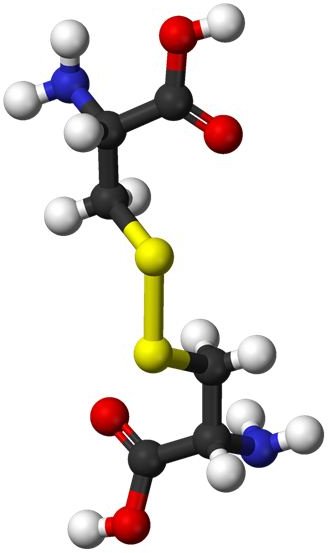Stem Cell Hope for Cystinosis. A possible Treatment for a Rare Human Genetic Disorder
Rare Genetic Disorder
There are three forms of cystinosis - benign, late-onset and nephropathic cystinosis, and they all follow an autosomal recessive mode of inheritance. This means that the conditions are not sex-linked and so males and females can be equally affected, and that two copies of the abnormal gene must be present for a person to inherit the disorder. This can happen where both parents are carriers for the disease, because they house the abnormal gene, but they are not affected as they have a normal gene to compensate.
The genetic mutation occurs on the gene CTNS, which is located on chromosome 17. It codes for a protein called cystinosin which is involved in the transport of cystine from the lysosomes. Cystine is a by-product of the break down of cellular components. The body has no further need for it and so the amino acid is usually shunted out of cells. However, the genetic mutation throws a spanner in the works and causes an accumulation of cystine within body cells - up to 100 times the normal level. They form crystals which bring about cell death, and this eventually damages organs and some of the body’s systems.
Stem Cell Hope
Scientists from Scripps Research Institute in La Jolla, Calif., took bone marrow stem cells containing the normal lysosomal cystine transporter gene, and injected them into mice models with the disease. These undifferentiated cells either fused with or replaced the faulty cells which resulted in the mice being cured. Stem cells usually target just one organ and cystinosis is a multi-systemic disease yet what happened in this study is that every affected mouse organ and tissue was cured. The scientists recorded an average 80% drop in cystine levels in each organ. Researchers also observed that there were fewer cystine crystals in the cornea, and improved motor function.
The study was published in the journal Blood, and the principal investigator was Stephanie Cherqui, assistant professor in the Department of Molecular and Experimental Medicine.
Treatment
There are few treatments for cystinosis, with the only available drug being Cysteamine which slows down kidney degradation. It cannot prevent it, and kidney failure is still the end result. Although only affecting an estimated 2,000 people worldwide every year, cystinosis is a devastating and fatal disease, and there is an urgent need to be able to provide something more than a drug treatment regime.
The results from the mice models are encouraging and show proof of principle, and researchers at Scripps have said that the next phase of their research is to study the safety of autologous (donor and recipient are the same) bone marrow stem cell transplants in the cystinosis mouse models, before embarking on human clinical trials.
Image Credit
Released into the public domain by its author Ben Mills
